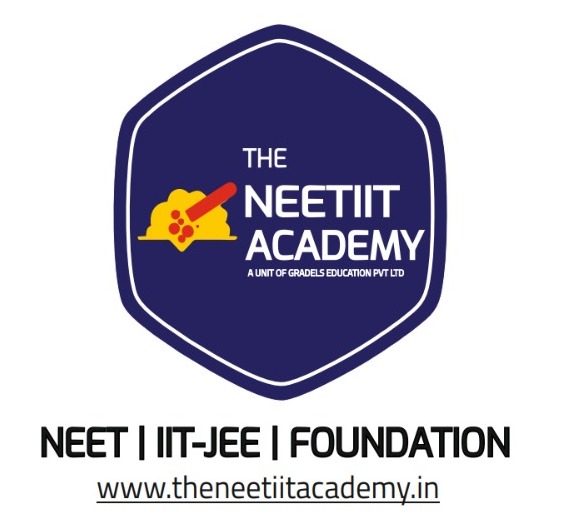JEE Main: Understanding the Examination Procedure and Its Significance
The Joint Entrance Examination (JEE) Main is one of the most prestigious and competitive engineering entrance exams in India. Conducted by the National Testing Agency (NTA), it serves as the gateway for admission to undergraduate engineering programs at renowned institutions such as the Indian Institutes of Technology (IITs), National Institutes of Technology (NITs), and other prestigious engineering colleges across the country. Understanding the intricacies of the JEE Main examination process is essential for aspirants aiming to pursue a career in engineering.
Overview of JEE Main:
- JEE Main is conducted twice a year, usually in January and April, allowing candidates multiple opportunities to improve their scores.
- The examination assesses candidates’ proficiency in Physics, Chemistry, and Mathematics, testing their problem-solving abilities and conceptual understanding.
- It is conducted in two modes: Paper 1 for admission to B.E./B.Tech courses and Paper 2 for admission to B.Arch/B.Planning courses.
Eligibility Criteria:
- Candidates must have passed their 10+2 examination or equivalent with Physics, Chemistry, and Mathematics as core subjects.
- There is an age limit for appearing in JEE Main, which varies based on the category of the candidate.
Registration Process:
- Candidates need to register for JEE Main through the official NTA website within the stipulated timeframe.
- During registration, candidates must provide personal details, academic qualifications, and upload scanned images of their photograph and signature.
- Upon successful registration, candidates need to pay the examination fee online through various payment modes.
Examination Pattern:
- Paper 1: For B.E./B.Tech courses, consists of multiple-choice questions (MCQs) from Physics, Chemistry, and Mathematics, with equal weightage to each subject. The total duration is three hours.
- Paper 2: For B.Arch/B.Planning courses, consists of Mathematics, Aptitude Test, and Drawing Test. Mathematics and Aptitude Test are conducted in computer-based mode, while the Drawing Test is conducted in pen-and-paper mode.
Admit Card and Examination Day:
- Candidates can download their JEE Main admit card from the NTA website using their login credentials.
- On the day of the examination, candidates must carry a printed copy of the admit card along with a valid photo ID proof for verification.
Result and Counselling:
- The NTA declares the JEE Main result on its official website, indicating the candidates’ scores and qualifying status.
- Based on their JEE Main scores, candidates can apply for admission to various engineering colleges and participate in centralized counselling conducted by the Joint Seat Allocation Authority (JoSAA) or state counselling authorities.
Conclusion: The Joint Entrance Examination (JEE) Main is not just an examination; it’s a stepping stone for aspiring engineers to realize their dreams. By understanding the examination procedure and preparing diligently, candidates can increase their chances of success and secure admission to premier engineering institutions. With perseverance, dedication, and strategic preparation, conquering the JEE Main is within reach for every aspirant willing to embark on this transformative journey towards a rewarding engineering career.
